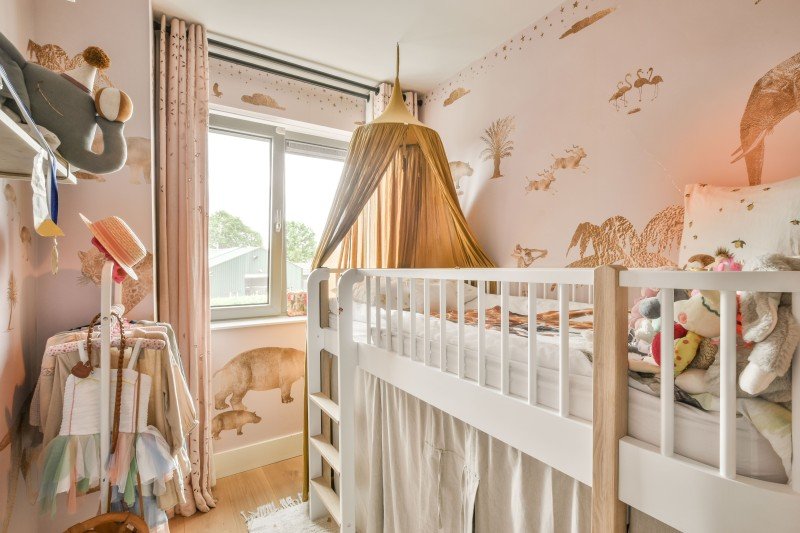How To Get More Results From Your Kids Bunkbed
Title: The Ultimate Guide to Kids Bunk Beds
Introduction
As children grow, so does their requirement for space and storage options. best small bunk beds are an exceptional way to maximize space while supplying a fun and functional sleeping plan for your kids. This extensive guide will explore the numerous types, benefits, safety considerations, and FAQs connected to kids bunk beds.
I. Types of Kids Bunk Beds
- Requirement Bunk Beds: These are the most common type, featuring two twin-sized beds stacked on top of each other.
- Futon Bunk Beds: The bottom bunk is changed with a futon, providing a couch and a bed in one piece of furniture.
- Twin-Over-Full Bunk Beds: The bottom bunk is larger, accommodating a full-sized mattress, while the leading bunk is a twin.
- L-Shaped Bunk Beds: These include two beds positioned perpendicularly, offering more floor space underneath.
- Loft Bunk Beds: A single bed is positioned on a raised platform, leaving space for a desk, play area, or storage underneath.
II. Benefits of Kids Bunk Beds
- Space-Saving: Bunk beds are ideal for smaller sized bedrooms, freeing up flooring area for other activities and furnishings.
- Enjoyable and Exciting: Children often delight in the novelty and experience of climbing up to their own personal sleeping location.
- Cost-Effective: Purchasing one bunk bed is more affordable than buying 2 different beds.
- Versatile: Many bunk beds can be separated into two separate beds as children get older or when space enables.
- Built-In Storage: Some bunk beds feature built-in storage services, such as drawers, desks, or shelves.
III. Safety Considerations
- Strong Construction: Ensure the bunk bed is made from durable, durable products and has a protected ladder for safe access.
- Appropriate Spacing: Gaps between the bed mattress and the frame need to be less than 3.5 inches to avoid entrapment.
- Suitable Height: Select a bunk bed with a suitable height for your child, considering their age, size, and capability to go up and down safely.
- Secure Mattresses: Use the appropriate size mattress and secure it to the bed frame to prevent it from shifting during sleep.
- Guardrails: Ensure guardrails are installed on both sides of the leading bunk and are at least 5 inches higher than the top of the mattress.
IV. Frequently asked questions
- What is the perfect age for a child to sleep on the leading bunk?It is typically advised to wait until a child is at least 6 years of ages before allowing them to sleep on the leading bunk.
- Can bunk beds be separated into 2 separate beds?Yes, some bunk beds can be dismantled and transformed into 2 separate beds.
- Just how much area is needed between the bottom of the top bunk and the top of the bottom bunk?A minimum of 2 feet 8 inches is advised for head clearance on the bottom bunk.
- Are bunk beds safe for children?When correctly assembled and utilized, bunk beds are safe for children. Constantly follow security guidelines and ensure your child understands the rules for utilizing the bunk bed.
V. Conclusion
Kids bunk beds are a practical and fun option for making the most of space and offering an unique sleeping experience for your children. By considering the numerous types, benefits, and security considerations, you can make a notified choice when picking the perfect bunk bed for your family.
